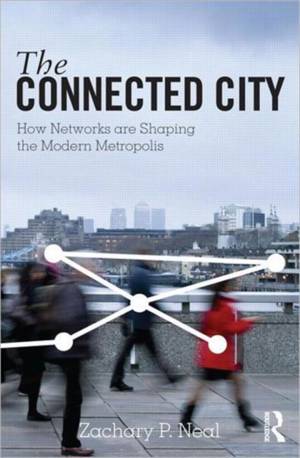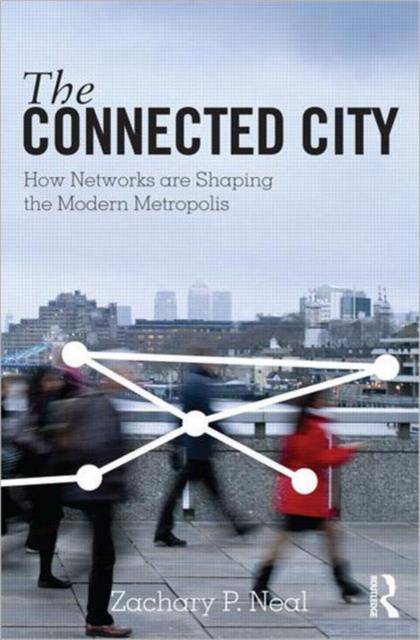
- Retrait gratuit dans votre magasin Club
- 7.000.000 titres dans notre catalogue
- Payer en toute sécurité
- Toujours un magasin près de chez vous
- Retrait gratuit dans votre magasin Club
- 7.000.0000 titres dans notre catalogue
- Payer en toute sécurité
- Toujours un magasin près de chez vous
Description
The Connected City explores how thinking about networks helps make sense of modern cities: what they are, how they work, and where they are headed. Cities and urban life can be examined as networks, and these urban networks can be examined at many different levels.
The book focuses on three levels of urban networks: micro, meso, and macro. These levels build upon one another, and require distinctive analytical approaches that make it possible to consider different types of questions. At one extreme, micro-urban networks focus on the networks that exist within cities, like the social relationships among neighbors that generate a sense of community and belonging. At the opposite extreme, macro-urban networks focus on networks between cities, like the web of nonstop airline flights that make face-to-face business meetings possible.
This book contains three major sections organized by the level of analysis and scale of network. Throughout these sections, when a new methodological concept is introduced, a separate 'method note' provides a brief and accessible introduction to the practical issues of using networks in research. What makes this book unique is that it synthesizes the insights and tools of the multiple scales of urban networks, and integrates the theory and method of network analysis.
Spécifications
Parties prenantes
- Auteur(s) :
- Editeur:
Contenu
- Nombre de pages :
- 272
- Langue:
- Anglais
- Collection :
Caractéristiques
- EAN:
- 9780415881425
- Date de parution :
- 07-08-12
- Format:
- Livre broché
- Format numérique:
- Trade paperback (VS)
- Dimensions :
- 175 mm x 249 mm
- Poids :
- 544 g

Les avis
Nous publions uniquement les avis qui respectent les conditions requises. Consultez nos conditions pour les avis.






